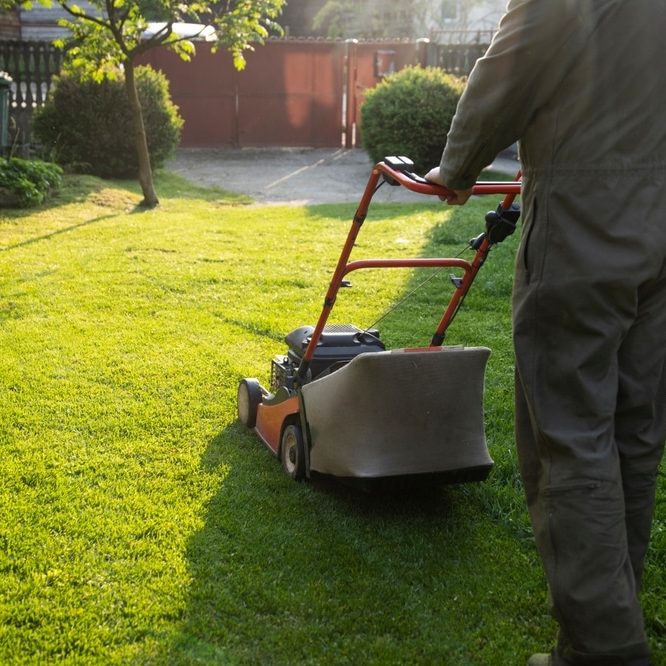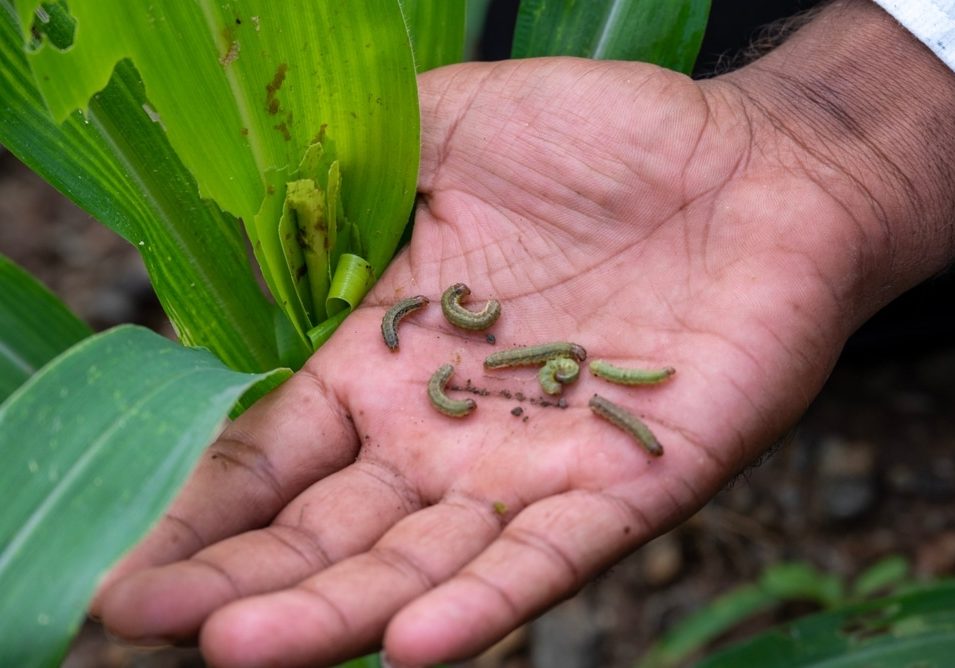As the days grow longer and the air turns warmer, many homeowners look forward to rejuvenating their lawns after the cold winter months. However, early spring also signals the arrival of pests that can threaten the health and appearance of your once-vibrant yard. By understanding how to identify these pests and implementing effective combat strategies early on, you can ensure your lawn remains healthy and lush throughout the growing season.
Understanding Early-Spring Lawn Pests
Spring is a time of renewal, but it’s also when many early-spring lawn pests emerge from dormancy. These pests can wreak havoc on your grass and garden, so it’s crucial to recognize them early.
Common Early-Spring Lawn Pests:
-
Grubs
The larvae of beetles, grubs typically feed on grass roots, leading to brown patches and unhealthy grass.
-
Chinch Bugs
These tiny insects suck the sap from grass blades, causing yellowing and wilting in your lawn.
-
Flea Beetles
Known for their hopping movement, flea beetles chew through tender leaves, causing small holes and stunted growth.
-
Armyworms
These voracious feeders come in large numbers and can strip entire sections of grass, leaving it brown and dead.
By familiarizing yourself with these pests, you'll be better prepared to prevent and combat their invasion.

Prevention Strategies
While you may not be able to eliminate all pests entirely, implementing good lawn care practices can reduce the likelihood of infestations.
Smart Lawn Care Tips:
- Proper Mowing: Keep your grass at an optimal height. Avoid cutting it too short, as this stresses the plants and makes them more susceptible to pests.
- Adequate Watering: Water your lawn deeply but infrequently. Aim for about 1 to 1.5 inches of water per week, depending on rainfall. This promotes strong root growth and resilience against pests.
- Aeration: Aerate your lawn in early spring to reduce compaction and enhance root development. Healthy lawns are better equipped to fend off pests.
- Soil Testing: Test your soil to understand its nutrients and pH levels. This will help you tailor your fertilization strategies to promote robust lawn health.
- Thatch Management: Rake up any excessive thatch, as it can be a breeding ground for pests.
By fostering a healthy lawn environment, you can discourage pests from making your yard their home.

Monitoring and Follow-Up
After you've taken steps to manage lawn pests, ongoing monitoring is key to maintaining a healthy lawn.
Regular Inspections:
Continue to inspect your lawn for signs of pest activity, even if you've treated an infestation. Catching a new problem early is far easier than dealing with widespread damage.
Track Pest Activity:
Keep a lawn journal or use mobile apps to document what pests you observe, the treatments applied, and any patterns you notice in their activity. This data can guide your future management strategies.
Educational Resources:
Stay informed about lawn care and pest management through reputable gardening websites, local extension services, or professional landscape services in your area. Knowledge is your best defense!
At Emtec Pest Control, we are committed to safe and responsible pest control. We understand that your family’s safety is your number one priority, so we make it our priority, too.
If you have any other questions about any of these pests or pest control for your home or business, contact your Oklahoma pest control experts at Emtec Pest Control by calling us or by filling out our online contact form.

